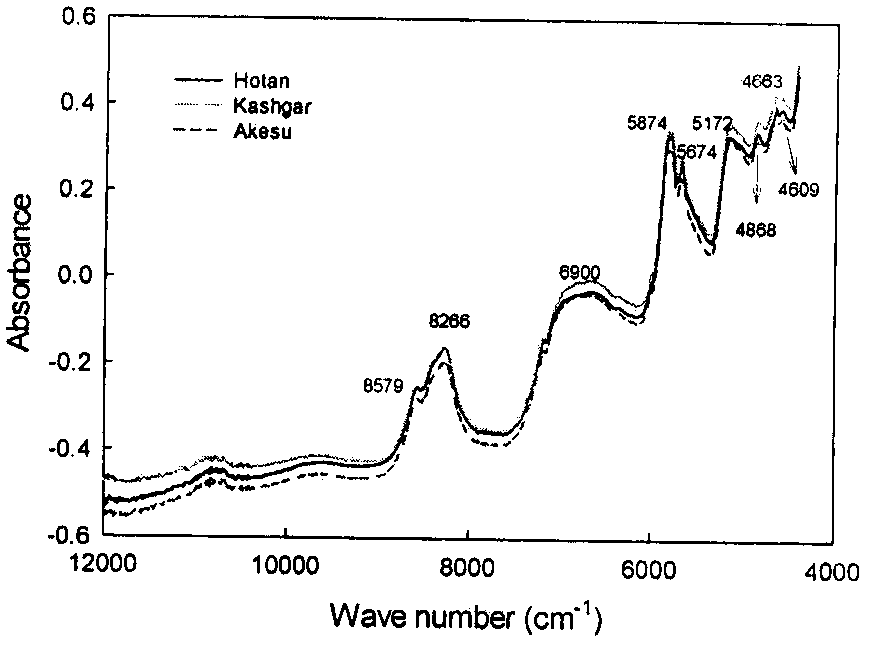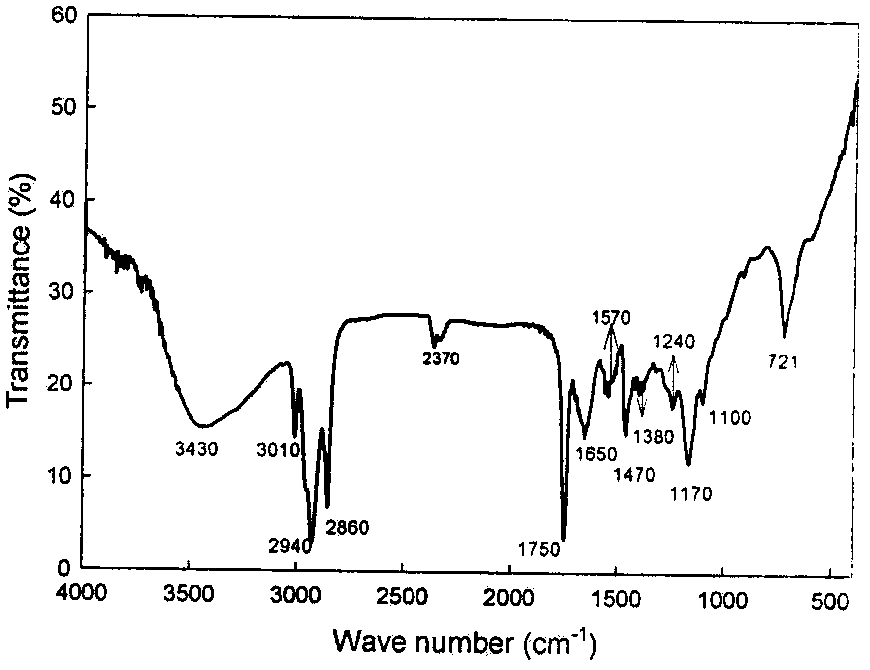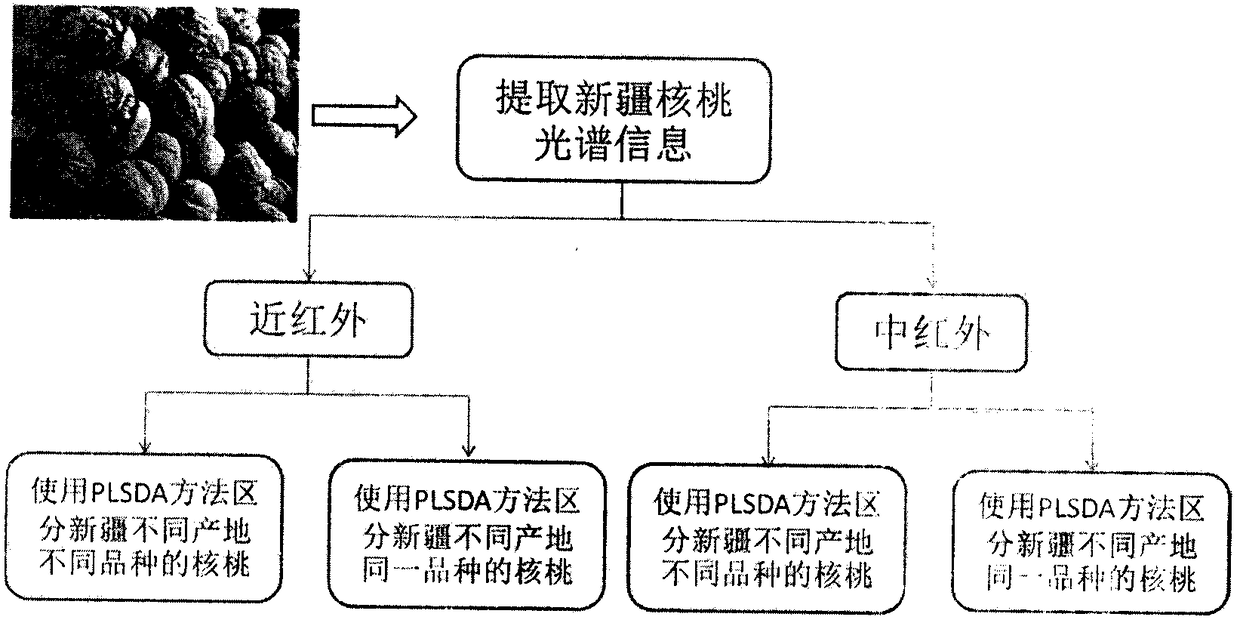Method for distinguishing Xinjiang walnut production place based on infrared spectroscopy technology
An infrared spectroscopy and walnut technology, which is applied in the direction of material analysis, analysis material, and measuring device by optical means, can solve the problems of illegal addition, doping and adulteration, and achieve the effect of avoiding use.
- Summary
- Abstract
- Description
- Claims
- Application Information
AI Technical Summary
Problems solved by technology
Method used
Image
Examples
Embodiment Construction
[0023] A method for distinguishing Xinjiang walnut production areas by infrared spectroscopy technology, the specific implementation is as follows:
[0024] 1 Materials and methods
[0025] Walnut samples were collected from Hotan, Kashgar and Aksu in Xinjiang during September to October 2014. The main varieties include “Wen 185”, “Zha 343”, “Xinfeng” and “Xinxin 2” (Table 1). A total of 37 varieties were sampled in the three regions, and 15 walnuts were taken from each variety and ground to a finer powder. Because walnut kernels contain a lot of oil, they are finally in the form of walnut mud or powder (powdered walnut powder can pass through a 100-mesh sieve) ), a total of 555 experimental samples.
[0026] Table 1 Walnut sampling area and sample information
[0027]
[0028] 2 Near-infrared spectroscopy data acquisition
[0029] Weigh 5g of each walnut sample and make it into a circular cake with a diameter of 42mm and a thickness of about 4.5mm. Fourier transform nea...
PUM
 Login to View More
Login to View More Abstract
Description
Claims
Application Information
 Login to View More
Login to View More - R&D
- Intellectual Property
- Life Sciences
- Materials
- Tech Scout
- Unparalleled Data Quality
- Higher Quality Content
- 60% Fewer Hallucinations
Browse by: Latest US Patents, China's latest patents, Technical Efficacy Thesaurus, Application Domain, Technology Topic, Popular Technical Reports.
© 2025 PatSnap. All rights reserved.Legal|Privacy policy|Modern Slavery Act Transparency Statement|Sitemap|About US| Contact US: help@patsnap.com



